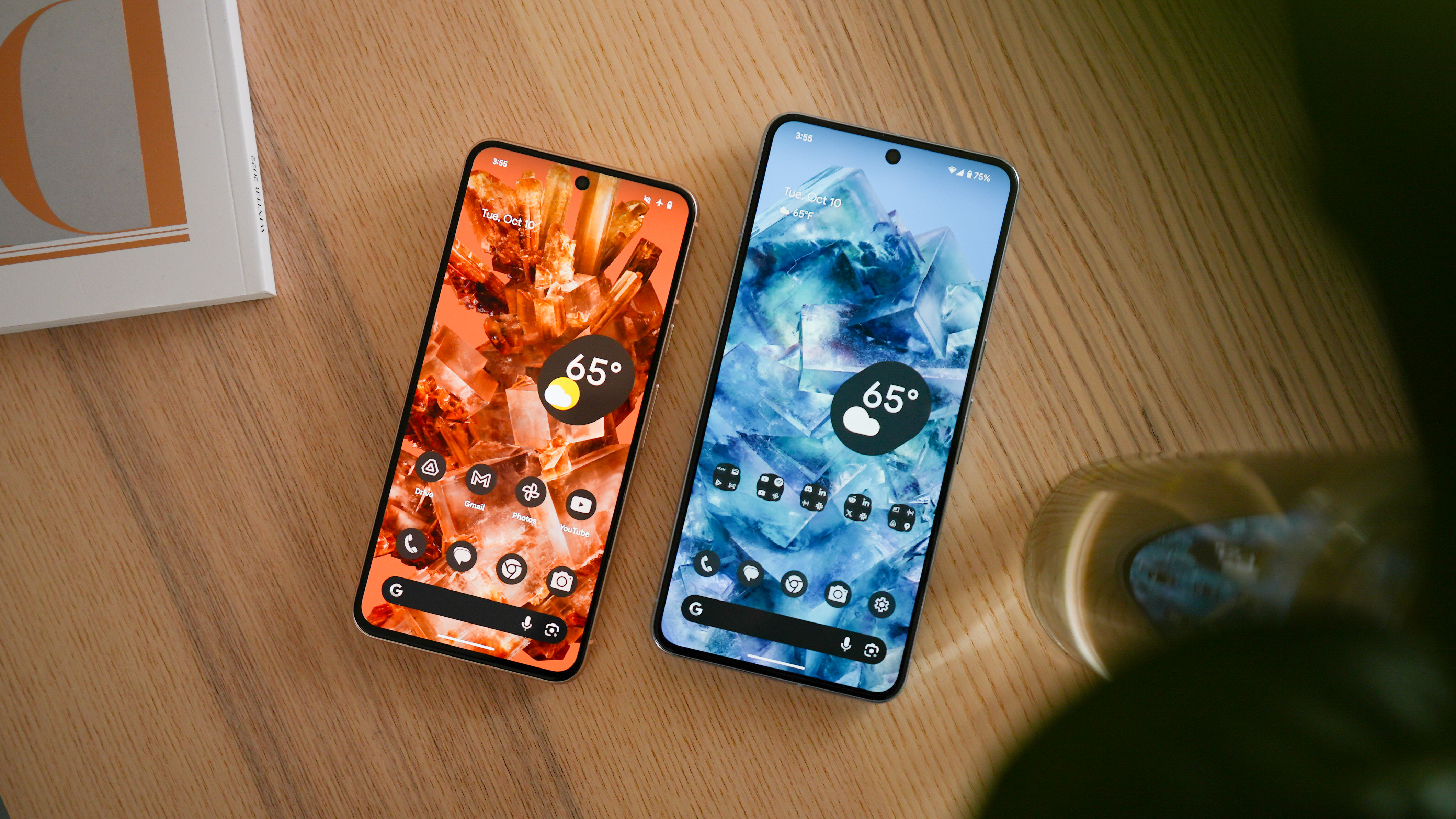Introduction
The evolution of smartphone camera technology has been nothing short of extraordinary. Google’s Pixel 8 Pro introduced Video Boost with Night Sight, a feature that promises to revolutionize low-light videography using artificial intelligence. This article delves into the intricacies of Video Boost, exploring its capabilities, limitations, and the transformative potential it holds for smartphone videography.

Table of Contents
1. How Does Video Boost with Night Sight Enhance Low-Light Videos on the Pixel 8 Pro?
The Pixel 8 Pro introduces a groundbreaking feature called Video Boost with Night Sight, aiming to revolutionize low-light videos. In this article, we delve into the mechanics of Video Boost, exploring how it utilizes AI to process videos, bringing out more detail and enhancing colors, especially in low-light conditions. Unlike traditional night modes for still photos, video processing faces unique challenges, and the Pixel 8 Pro’s Video Boost tackles these challenges using cloud-based AI processing. We discuss the step-by-step process of enabling and using Video Boost, shedding light on its strengths and limitations.

Understanding Video Boost’s Workflow
Video Boost involves a distinct workflow: activation on the Pixel 8 Pro, recording videos, backing up to Google Photos, and waiting for cloud-based processing. We explore the wait times, supported video lengths, and the specific scenarios where Video Boost shines. The article provides insights into the design choices, such as limiting Video Boost to the Pixel 8 Pro’s main rear camera and recording options.
Unveiling the Technology Behind Video Boost
Video Boost isn’t just a simple enhancement; it employs a unique processing pipeline that retains more image data than conventional video recording. This behind-the-scenes process is compared to the relationship between RAW and JPEG files, shedding light on the temporary file sizes and the final boosted video output. We discuss the implications of this approach and its impact on storage and user experience.
Video Boost: A Temporary Solution or Glimpse into the Future?
Addressing initial impressions, we explore whether Video Boost is a temporary solution or a glimpse into the future of smartphone videography. The article draws parallels with on-device capabilities demonstrated by Qualcomm and engages in a conversation with Google’s group product manager, Isaac Reynolds, about the role of cloud processing in achieving impressive results.
Future Trends: On-Device AI vs. Cloud Processing
Reynolds provides insights into the evolving landscape of on-device AI and cloud processing, emphasizing the unique advantages of each. We explore how Video Boost serves as a preview of a future where on-device AI collaborates seamlessly with cloud-based AI, leading to a significant shift in how we perceive our phone’s capabilities. While it may not replicate the “aha” moment of Night Sight, Video Boost hints at a transformative era in smartphone camera technology.
Sweet Spot Scenarios: Where Video Boost Excels
Examining real-world scenarios, we identify the sweet spot where Video Boost truly excels. From low-light environments to medium-low indoor lighting, we showcase how Video Boost enhances shadow details and stabilizes footage. The article includes a firsthand account of the author’s experience, highlighting instances where Video Boost makes a tangible difference in video quality.
Comparing Video Boost to Night Sight for Photos
To provide a comprehensive understanding, we draw comparisons between Video Boost and Night Sight for photos. Analyzing the differences in outcomes and user experience, we address whether Video Boost matches the transformative impact that Night Sight had on low-light photography.
The Technical Challenges: Stabilization, Tone Mapping, and Low-Light Blur
Exploring the technical challenges of low-light video, we delve into the intricacies of stabilization, tone mapping, and addressing unique blur issues. Reynolds explains how Video Boost tackles these challenges and the specific improvements users can expect in various lighting conditions.
Storage Considerations: Temporary vs. Final Boosted Files
The article addresses concerns related to storage, comparing the sizes of temporary and final boosted files. Insights into the processing pipeline shed light on the trade-offs and optimizations made to balance video quality, file size, and user convenience.
The Collaborative Future of Smartphone Videography
In conclusion, we reflect on Video Boost as a significant step towards a collaborative future in smartphone videography. The integration of on-device AI and cloud processing is poised to redefine the capabilities of our phones. While not a standalone breakthrough, Video Boost sets the stage for a harmonious blend of on and off-device AI, marking a paradigm shift in how we perceive and utilize our smartphone cameras.
FAQ
1. What is Video Boost with Night Sight?
Video Boost with Night Sight is a feature introduced in the Pixel 8 Pro that utilizes cloud-based AI processing to enhance the quality of videos, particularly in low-light conditions.
2. How does Video Boost differ from traditional night modes?
While traditional night modes for photos capture multiple frames to create a brighter image, Video Boost focuses on video processing, presenting unique challenges that are addressed through AI.
3. Is Video Boost limited to the Pixel 8 Pro’s main rear camera?
Yes, Video Boost is currently limited to the Pixel 8 Pro’s main rear camera, providing enhanced video quality at either 4K or 1080p at 30fps.
4. What is the workflow for using Video Boost?
To use Video Boost, users need to activate it in the camera settings, record a video, back it up to Google Photos, and then wait for cloud-based processing, which can take varying amounts of time.
5. Can Video Boost be used in all lighting conditions?
While Video Boost is designed to improve video quality in any lighting condition, its main focus is on enhancing low-light videos, functioning as a Night Sight for video.
6. How does Video Boost handle storage concerns?
Video Boost employs a unique processing pipeline that retains more image data, resulting in large temporary files. However, the final boosted videos are more reasonably sized, addressing storage concerns.
7. Is Video Boost a temporary solution or a long-term feature?
According to Google’s group product manager, Video Boost represents a glimpse into the future of smartphone videography, where on-device AI collaborates with cloud-based AI to maximize capabilities.

